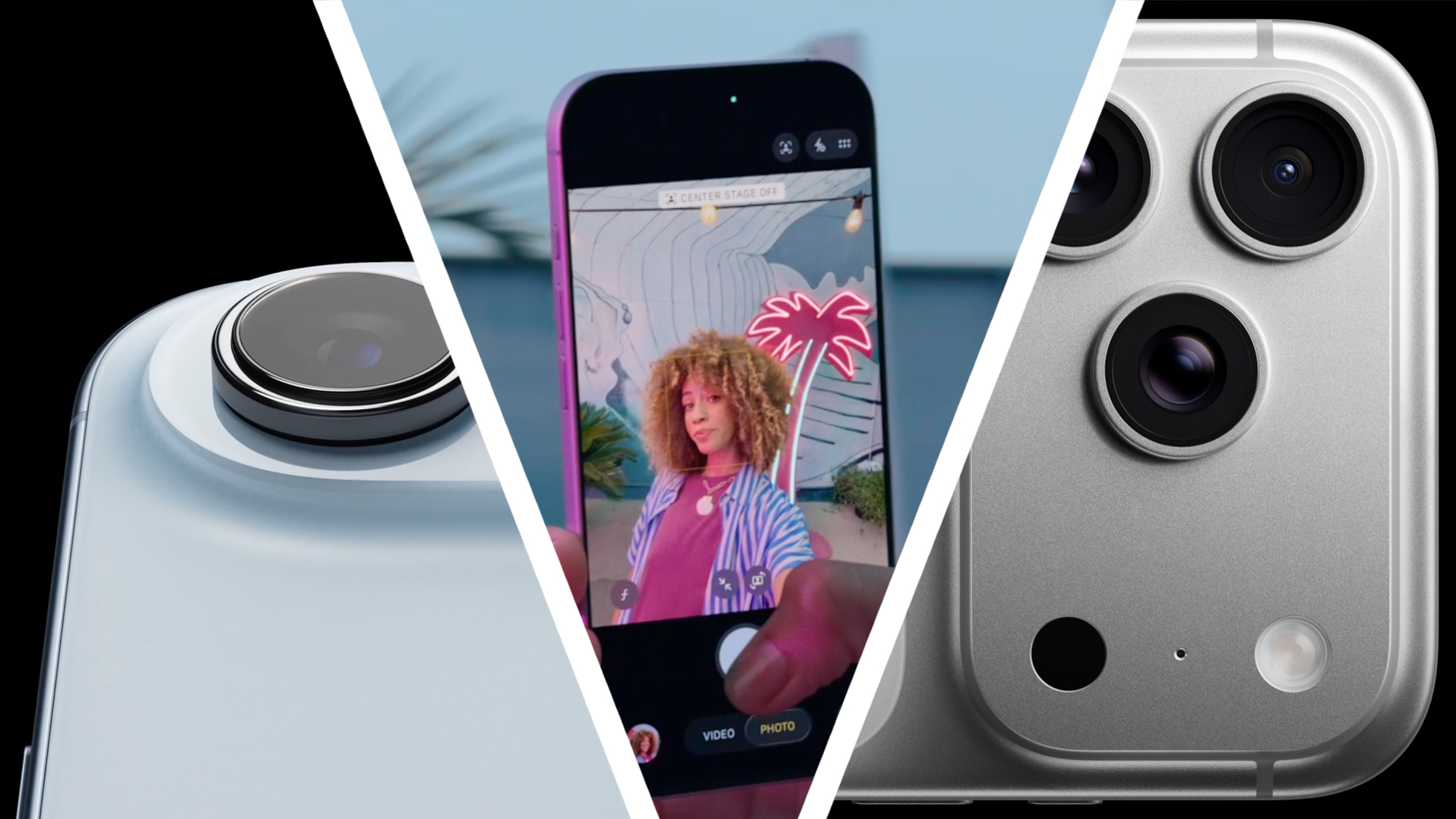Apple Launches iPhone 17 Series with Mixed Pricing Shifts and Rival Comparisons

Key Points
- Base iPhone 17 price unchanged, storage doubled to 256GB.
- iPhone 17 Air matches previous Plus pricing and adds a 1TB option.
- Pro and Pro Max retain prior pricing for lower capacities.
- Pro Max introduces a 2TB model, the most expensive iPhone ever.
- Google Pixel 10 matches iPhone 17 price but offers half the storage.
- Pixel 10 Pro prices sit slightly below Apple’s Pro models at similar capacities.
- Samsung Galaxy S25 Edge is about $100 pricier than iPhone 17 Air for 256GB.
- Samsung’s Ultra line reaches comparable pricing to Apple’s Pro Max but lacks 2TB storage.
- Apple’s pricing moves aim to attract both budget‑focused and high‑end users.
Apple introduced the iPhone 17 lineup, keeping the base model price steady while doubling storage and offering modest price drops on certain configurations. The new iPhone 17 Air inherits the Plus‑style form factor with a single 48MP camera and adds a 1TB option. The Pro and Pro Max retain previous price points for lower capacities, but the Pro Max now includes a 2TB model that reaches MacBook‑level pricing, making it the most expensive iPhone to date. Comparisons with Google’s Pixel 10 series and Samsung’s Galaxy S25 line highlight differences in storage, camera count, and price positioning across the flagship market.
Pricing Overview
Apple’s latest iPhone 17 series arrives with the base model priced the same as the previous year’s 128GB offering, yet it now ships with a 256GB configuration, effectively doubling storage at no extra cost. The 512GB variant sees a modest price reduction, providing a more affordable entry into higher capacity storage.
iPhone 17 Air Introduces New Form Factor
The 5.6mm‑thin iPhone 17 Air replaces the former Plus line, matching the prior‑year Plus price for its 256GB version and offering a 512GB option with a slight regional price adjustment. Notably, Apple adds a 1TB capacity for the first time in this slim model, expanding storage choices for users prioritizing space over multiple cameras.
Pro and Pro Max Variants Remain Stable, With a Premium 2TB Option
The iPhone 17 Pro retains the previous year’s pricing for its 256GB and 512GB configurations, with a small regional price shift for the 1TB version. The Pro Max continues the same starting price as its predecessor for the 256GB model, but introduces a 2TB configuration that pushes the device into “MacBook‑level” price territory, making it the costliest iPhone Apple has released.
Comparison with Google Pixel 10
Google’s Pixel 10 launch shows a base price identical to the iPhone 17’s entry point, but the Pixel offers only 128GB of storage, half of Apple’s baseline. The Pixel 10 Pro’s higher‑end models are priced slightly below Apple’s Pro equivalents at comparable capacities, though the Pixel line lacks the ultra‑high 2TB storage tier.
Comparison with Samsung Galaxy S25
Samsung’s Galaxy S25 series presents a range of pricing that generally sits above the iPhone 17’s base model. The S25 Edge, a slim offering similar in size to the iPhone 17 Air, is priced about $100 higher for the 256GB variant and includes a dual‑camera system versus the Air’s single camera. Samsung’s flagship Ultra models reach pricing levels comparable to Apple’s Pro Max, but do not yet offer a 2TB option.
Market Implications
Apple’s strategy of maintaining base pricing while expanding storage and introducing a premium 2TB Pro Max suggests a focus on both value‑conscious consumers and high‑spending power users. The price parity with Google’s entry‑level Pixel and the new storage advantages may attract buyers looking for long‑term capacity. Meanwhile, Samsung’s slightly higher pricing for comparable specs highlights Apple’s continued competitive positioning in the flagship segment, even as the company pushes the upper price envelope with the 2TB Pro Max.